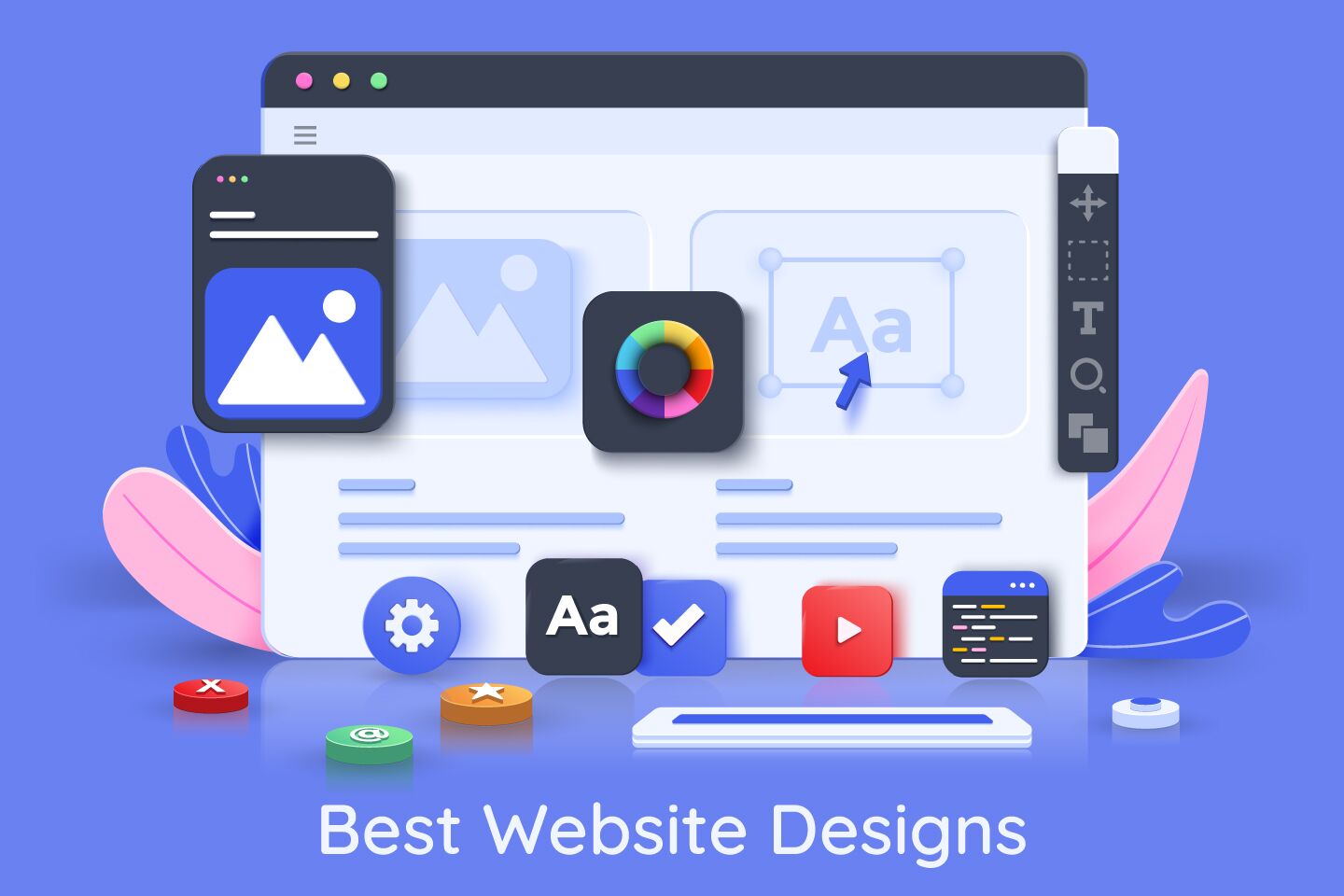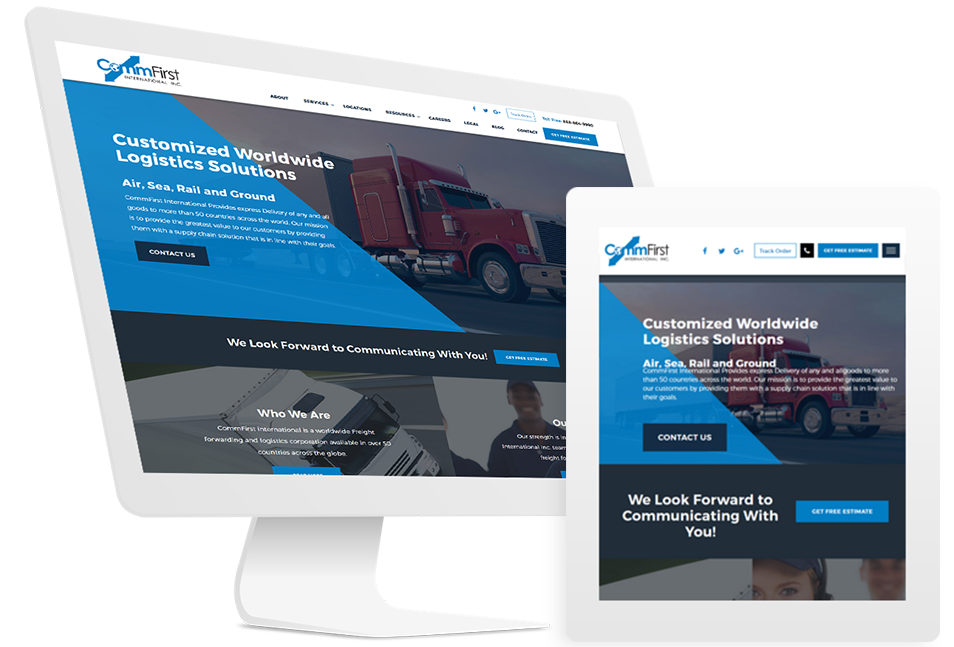Top Tips for Developing an Impactful Website Layout That Transforms
In today's digital landscape, the importance of an impactful web site design can not be overstated, specifically when it concerns converting visitors into clients. To accomplish this, one must consider a selection of elements, consisting of understanding the target audience, prioritizing individual experience, and maximizing for mobile systems. Furthermore, the strategic use of compelling call-to-actions and a distinct aesthetic pecking order plays a crucial duty in guiding customers through their journey. As we check out these vital elements, it ends up being apparent that the success of your website rests on greater than just appearance; it calls for a thoughtful strategy to layout and functionality.

Understand Your Target Audience
Comprehending your target market is basic to efficient website layout, as it lays the foundation for creating an engaging user experience. Determining who your individuals are, including their demographics, choices, and behaviors, allows developers to customize the website's content, design, and functionality to fulfill specific demands.
Conducting extensive marketing research is critical in this procedure. Studies, interviews, and analytics can offer beneficial understandings into individual assumptions and pain factors. By compiling this data, designers can develop user personas that stand for different sectors of the target market, ensuring that design decisions are educated and relevant.
Furthermore, comprehending the target market aids in selecting ideal style elements such as shade plans, typography, and images that reverberate with users. A website that talks directly to its audience fosters a feeling of link and depend on, urging longer sees and greater conversion rates.
Ultimately, a user-centered technique to web site design not only enhances individual fulfillment yet also sustains company purposes by driving involvement and commitment. By focusing on the demands and choices of the target market, a website can efficiently serve its function and accomplish preferred results.
Prioritize User Experience
To boost the total performance of a site, prioritizing customer experience (UX) is vital (Website Design). A properly designed UX guarantees that visitors can browse the website easily, locate information swiftly, and involve with material meaningfully. This leads to enhanced customer contentment and greater conversion prices
Begin by implementing intuitive navigation. Menus ought to be logically structured, permitting individuals to find crucial areas of the website with minimal effort. Uniformity in design aspects, such as color design and fonts, fosters experience, which is vital for maintaining individual interaction.
In addition, think about the loading speed of your web site. A hold-up of simply a couple of seconds can bring about significant drop-offs, as individuals are less likely to await a slow-loading page. Enhancing photos and optimizing code can improve performance and keep visitors.
Moreover, quality in content presentation is important. Usage succinct, engaging language and damage up text with visuals to boost readability. By prioritizing customer experience, you not only develop a much more delightful setting for site visitors yet likewise enhance your brand's credibility. Ultimately, a concentrate on UX is an investment in the long-term success of your web site.
Maximize for Mobile Gadgets
Optimizing for mobile phones is crucial in today's digital landscape, where a boosting number of individuals accessibility sites through smartphones and tablets. A mobile-friendly layout not only improves individual experience yet also plays a significant role in enhancing internet search engine rankings. To accomplish this, it is vital to embrace a receptive design that immediately adjusts to different screen dimensions and alignments.

Packing speed is one more essential aspect; mobile individuals are normally much less person and expect quick accessibility to info. By focusing on mobile optimization, you make certain that your web site stays competitive and effectively engages a broader target market.
Usage Compelling Call-to-Actions
An internet site's performance typically hinges on its capacity to assist site visitors towards wanted activities, making compelling call-to-actions (CTAs) essential elements of layout. CTAs work as the pivotal factors that direct individuals to engage with the site, whether that indicates making an acquisition, registering for an e-newsletter, or downloading and install a resource.
To produce reliable CTAs, clarity is vital. Use concise language that plainly interacts the activity you want the individual to take. Expressions such as "Begin," "Register Free," or "Shop Now" not only share seriousness yet likewise remove ambiguity. The positioning of CTAs is similarly crucial; they should be purposefully positioned throughout the webpage to guarantee they are quickly noticeable, especially in high-traffic areas.
Furthermore, the style of CTAs must stand apart without being noticeable. Use contrasting colors and clear fonts to guarantee they capture attention. In addition, consider utilizing directional signs, such as arrowheads or images, to guide customers towards these switches. By concentrating on these elements, companies can considerably boost customer interaction, driving conversions and inevitably accomplishing their site's objectives.
Concentrate On Visual Hierarchy
Reliable site layout counts greatly on a well-structured visual hierarchy that guides customers through material seamlessly. By organizing elements in a way that focuses on details, designers can improve user experience and promote decision-making. This involves using size, color, comparison, and spacing tactically to accentuate the most critical components of a website.
The use of bigger font styles for headings and subheadings develops a clear difference in between different sections, enabling customers to check material effortlessly. Additionally, using contrasting shades for buttons and calls-to-action can capture customer focus and encourage communication. Whitespace is another essential part; it prevents mess and enables customers to concentrate on essential messages without disturbances.
Images More Info and graphics ought to match the text while also adhering to the well-known hierarchy, strengthening the overall message (Website Design). Uniformity in layout components, such as color systems and typography, additional enhances the aesthetic pecking order, making navigation instinctive

Verdict
In final thought, effective web site design necessitates a comprehensive understanding of the target audience, prioritization of individual experience, and mobile optimization. Inevitably, a well-executed website style serves as an important component in driving user activities and accomplishing service purposes.